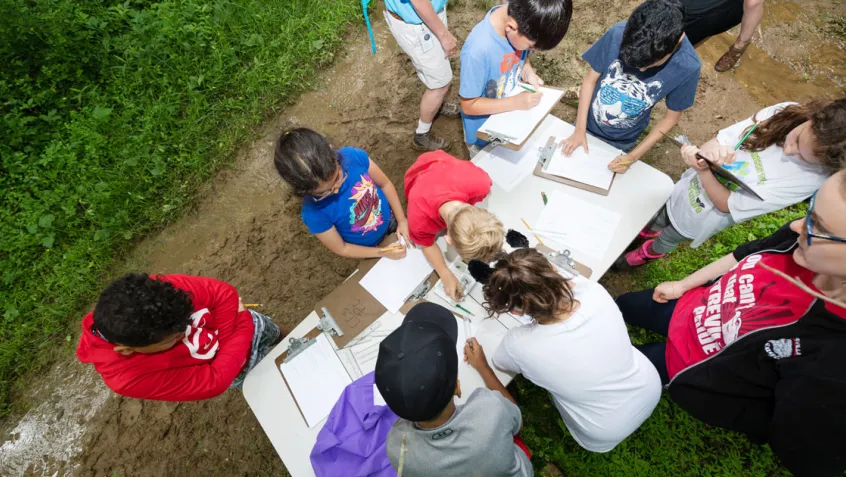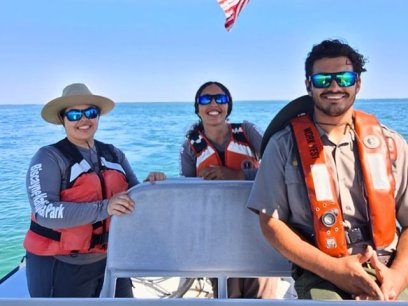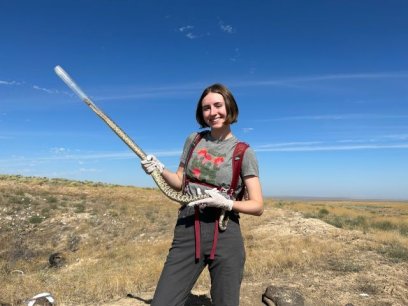
If you're looking to transform how you teach this year, consider adding components of Greening STEM's place-based learning model into the mix. This experiential learning philosophy taps into the rich educational opportunities all around you and your students, from your schoolyard to your neighborhood to your larger community.
Adopting a “teach local” approach engages students in their surroundings, such as their physical environment. But it goes beyond the physical by also incorporating local history, culture, economy, and people. By getting students out of the classroom and into the community, they learn about local issues, community needs, and current events. Plus, place-based learning boosts community pride and infuses your classroom with civic engagement, creating a new generation of environmental stewards concerned for the sustainability of your community.
To bring Greening STEM's place-based learning practices to life in your curriculum, ask yourself these questions:
- What places, issues, and events in your community impact your students? For instance, if you're in a coastal community hard-hit by recent hurricanes, you can talk about how erosion is devastating the shoreline and impacting your town. With hands-on lessons at the beach, you can incorporate science, math, and other subjects to cover the topic from several angles. If you live in the city, perhaps students can create a virtual walking tour of your community's environmental landscape to study challenges facing the community and connections to STEM topics. Whenever possible, find ways for students to investigate and perhaps solve real-world problems. You can read about specific examples showcasing the Greening STEM approach by visiting our Greening STEM Hub page.
- What educational partnerships can you form within your community? Look to the treasure trove of nonprofits, organizations, and businesses that might offer untapped educational opportunities for your students. You might work with a local veterinarian to learn about animal health, or partner with a natural history museum to bring your lessons on biodiversity to life. Maybe there's a water or electric utility nearby that offers tours, ripe with lesson tie-ins for STEM topics.
- Who are the heroes in your community? Pay attention to the news to discover locals who are making an impact in your city, whether they're well-known residents or unsung heroes. Perhaps you'll find an advocate for reducing food waste who works tirelessly to secure and distribute food donations. Or maybe you'll discover that a local neighbor was a driving force behind establishing a community garden. Get your students connected with these community “stars” and explore environmental justice issues together.
To succeed with Greening STEM's place-based learning philosophy, your lesson plans should include these core elements:
- Local issues and real-world problem solving
- Educational partners
- Multidisciplinary learning
- 21st-century skills development
- Community engagement
- Standards aligned activities with academic rigor
Need more ideas? Visit NEEF's Greening STEM Hub to connect with resources and tools vital in engaging learners of all ages in environmental education, including place-based learning.


